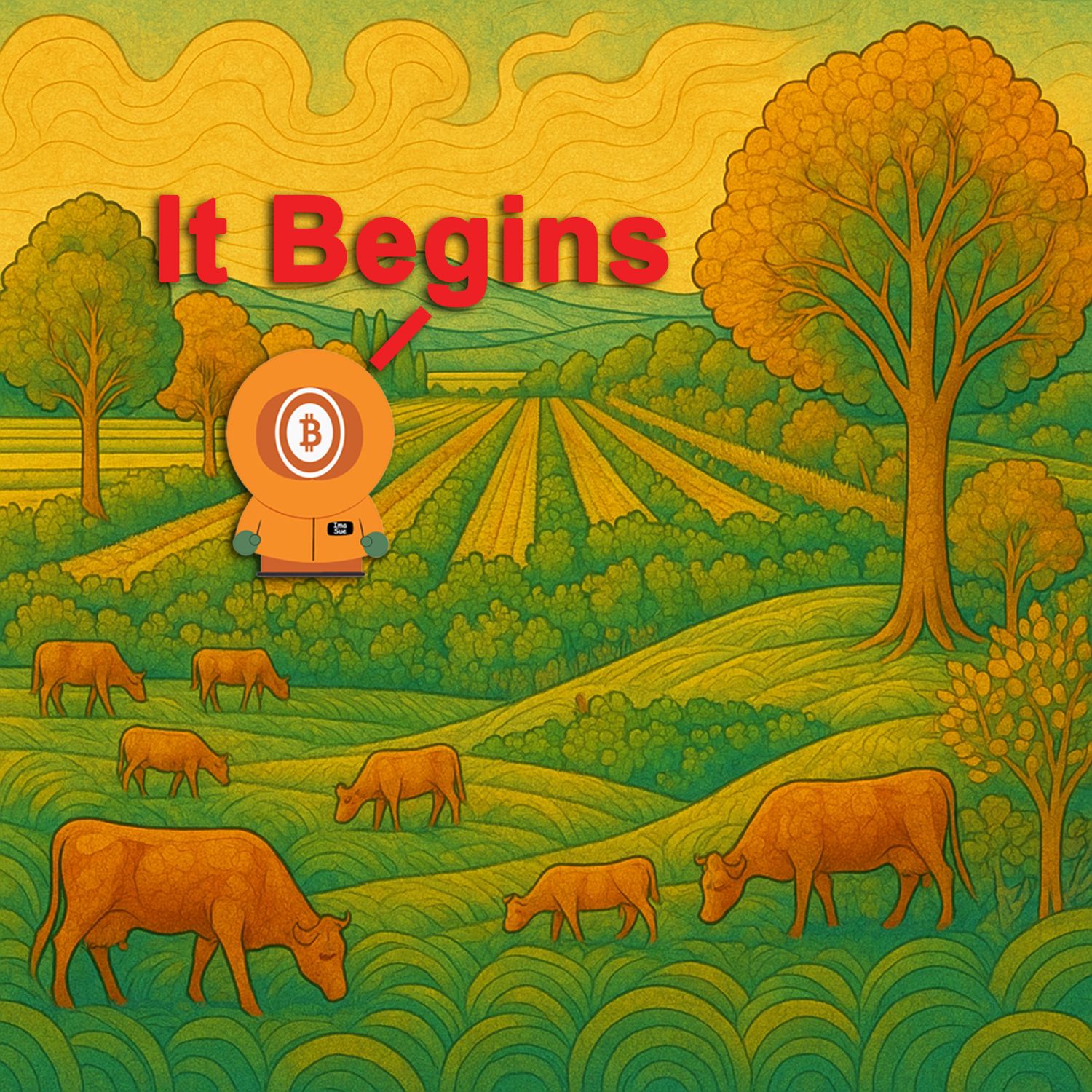
The Cathedral Project is not software, a protocol, or a platform. It’s a physical, living system designed to regenerate land, produce food, and rewire our relationship with time. In today’s episode, I introduce the blueprint behind this thousand-acre model: a silvopasture layout built for the long haul. Designed around sacred geometry and principles of biological productivity, Cathedral seeks to restore degraded farmland through layered systems of trees, animals, and solar energy capture.
At its core, Cathedral challenges the broken patterns of fiat agriculture. I outline how most modern farms grow commodities, not food—and how even dairy and wheat farmers often buy their own groceries at the store. Cathedral flips that logic on its head by using trees like black walnut, black locust, and honey locust as the backbone of a nutrient cycle that works with biology, not against it. These trees fix nitrogen, provide shade, generate fodder, and yield timber or nuts—all without synthetic inputs. Instead of depleting the land, Cathedral is structured to build fertility year over year.
The layout itself is a maze-like design of 23 tree lanes running north to south, interspersed with 150-foot-wide pasture corridors. These lanes allow for rotational grazing of cattle while keeping animals out of tree areas through dense, productive hedgerows. Each hedgerow acts as both a biological fence and a yield zone—providing medicine, fiber, and forage. The tree lanes begin at one side of the system and stop just short of the other, enabling livestock to turn and move lane to lane in a flowing, rotational rhythm. Designed properly, the full rotation takes a year.

Cathedral also introduces a new way to think about productivity: the “acre-year.” I define this as a conceptual unit measuring solar capture and biological momentum on a single acre over the course of a year. Unlike commodity yields or GDP-style thinking, the acre-year is about potential and fertility. It prompts questions like: How much biomass did this acre generate? How much life did it support? How deeply did it capture energy from the sun and convert it into real value?
More than anything, Cathedral is a long-term vision built from the ground up. It’s not prescriptive—what works in Texas may fail in Oregon. But the model’s logic is designed to adapt. Whether it’s black walnut or chestnut, cattle or pigs, pasture or cropping—Cathedral allows for modular thinking grounded in sound biological principles. This episode marks the beginning of a series of deep dives that will unpack every layer of the system: from trees and layout to biochar and Bitcoin. This isn’t sci-fi. It’s ag-fi. And it starts now.



Member discussion: